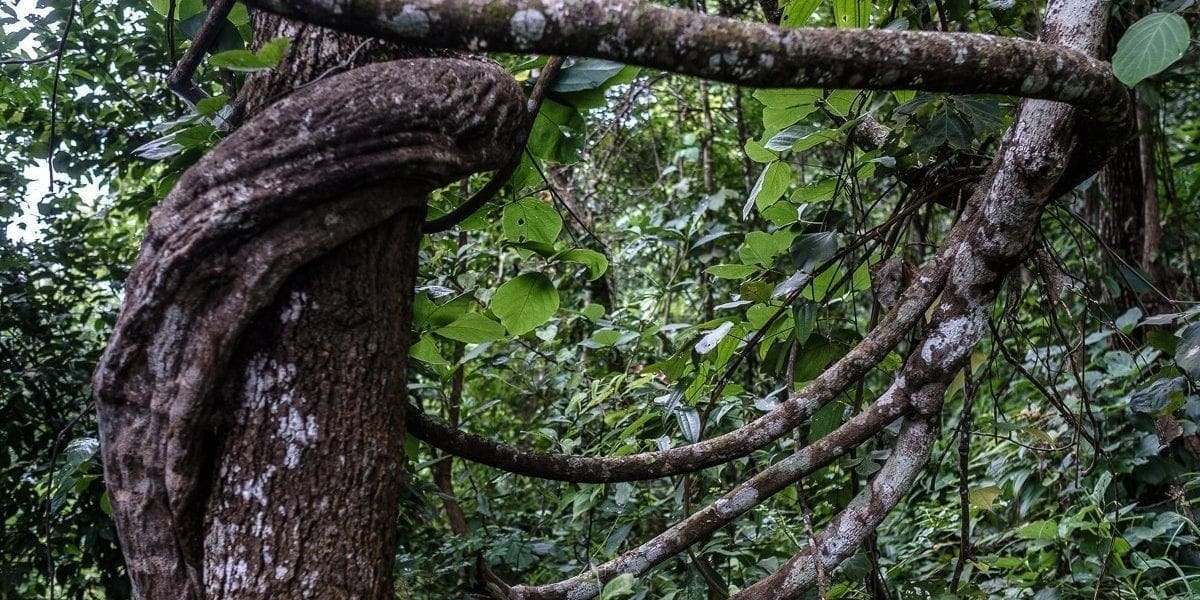Typing the word Cambodia on the keyboard, several images appear on the screen. They are mostly temples reflected on striking bodies of water or encased in giant tree roots, placid Buddha statues lying on lush nature, geometries of rice paddies, orange-clad monks, dugouts, a few elephants. This is the first information that the internet gives us about this country. But what is the history of Cambodia?
A bit of history: from the Kingdom of Cambodia to independence
The Kingdom of Cambodia is a state in southeast Asia, bordered between Thailand, Laos, Vietnam and the Gulf of Siam. The temples here are so important that one of them, the most famous, is depicted in the center of the Cambodian flag.
This isAngkor Wat (Khmer-language City Temple), a complex created under the Khmer Empire, whose construction took 40 years. Originally thought of as a Hindu temple, it was gradually transformed into a Buddhist temple in the late 22nd century.
It is a symbol of Cambodia’s imperial past, the grandeur of which is still etched in stone today, so much so that Angkor Wat is still the largest religious building in the world.
But the history of this country, which we recall has been a constitutional monarchy since 1993, has often been troubled, especially in recent years.
After the fall of the Khmer Empire in the first half of the 15th century, the region gradually suffered invasion and plunder by the Thai. Over the next four centuries there was almost total depopulation and decline, mainly due to Vietnam’s desire to colonize some of the country’s richest territories.
Shortly after the mid-1800s, Cambodia became a French protectorate until it gained independence in 1953. Many signs of this colonial past can still be found in Kompong Chan, where the country’s largest Muslim community lives today.
In recent times
Afterindependence, the country plunged into a period of great political instability and was also embroiled in the Vietnamese conflict to the extent that it was subjected to massive bombing by the United States for years.
In 1975, communist forces staged a coup. Led by Saloth Sar, better known as Pol Pot, the Khmer Rouge began a process of purging the Cambodian people that soon turned into one of the worst genocides in human history. And this is because of the mad desire to recreate a new Cambodia from scratch, without capitalism, literally without a bourgeois class, starting again from the countryside.
In late 1978, the Hanoi government ended Pol Pot’s regime. More years of political instability followed until 1993 when, under UN control, there were elections that led to the country having a new constitution and becoming a parliamentary monarchy.
READING FOR MORE
- Fantasmi. Dispacci dalla Cambogia, by Tiziano Terzani, published by Longanesi.
- Per primo hanno ucciso mio padre, by Loung Ung, published by Piemme Edizioni


